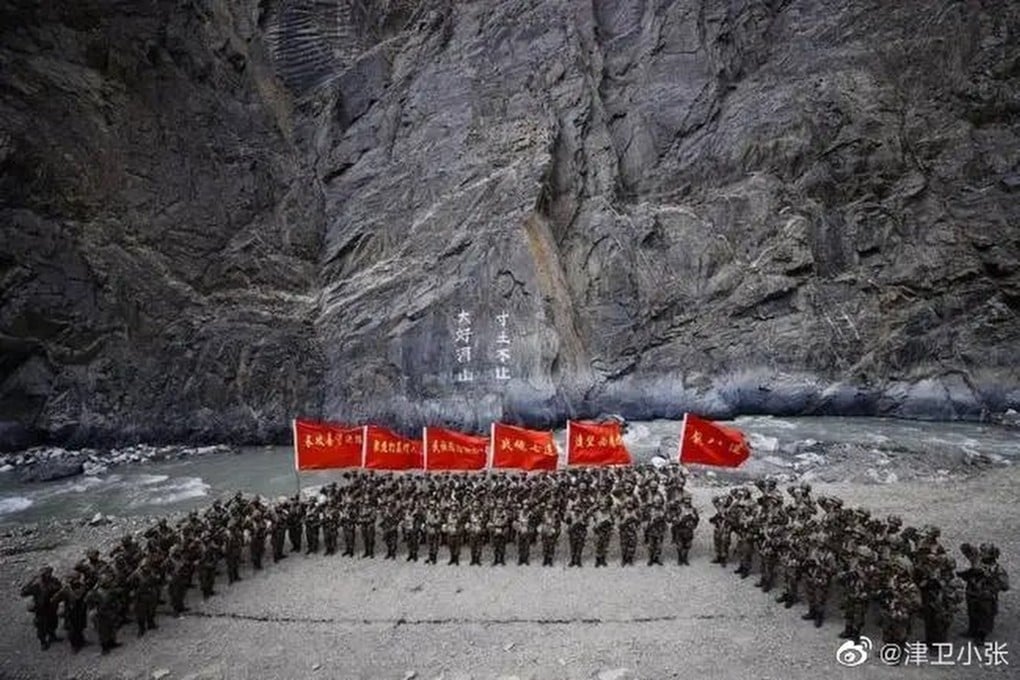China-India border: state media marks second anniversary of Galwan Valley clash in lead-up to new talks
- CCTV military channel publishes three-minute video salute to four dead PLA soldiers on social media, drawing 4.36 million views on Weibo by noon on Thursday
- 2020 border clash left at least 20 Indians dead, New Delhi expects to hold 16th round of talks with Beijing soon to ‘resolve the remaining issues along the LAC’

The video excerpt from a five-episode documentary, Motherland Engraved, that was first released in February, included an interview with Chen’s comrade-in-arms who took a photo of a smiling Chen at a bonfire party.
“Every time I took a photo of him, he smiled at me,” said Chen Wei, the 23-year-old photographer, “and he asked me, could you take a photo for me?”
“Why didn’t I take more photos of him?” said Chen Wei, who is not related to Chen Xiangrong.
By noon on Thursday, the video had been viewed 4.36 million times on Weibo and was reposted by other state media outlets including People’s Daily.
The anniversary came as the two militaries are expected to meet again for talks to resolve the border disputes. On May 31, India’s Ministry of External Affairs said in a statement the two sides had agreed to hold the 16th round of military talks soon to “resolve the remaining issues along the LAC [Line of Actual Control] at the earliest” to create conditions for bilateral relations to return to normal.
